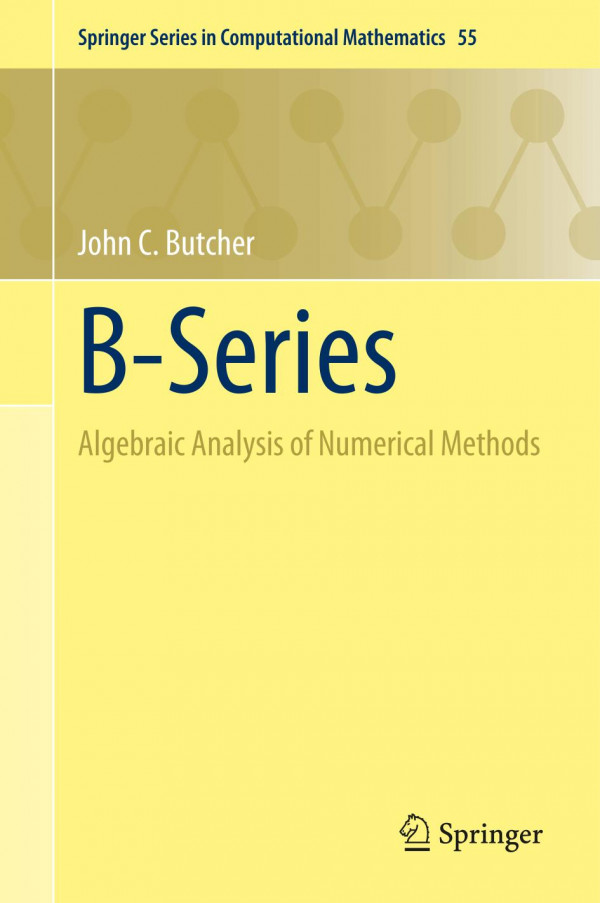

Most ebook files are in PDF format, so you can easily read them using various software such as Foxit Reader or directly on the Google Chrome browser.
Some ebook files are released by publishers in other formats such as .awz, .mobi, .epub, .fb2, etc. You may need to install specific software to read these formats on mobile/PC, such as Calibre.
Please read the tutorial at this link: https://ebookbell.com/faq
We offer FREE conversion to the popular formats you request; however, this may take some time. Therefore, right after payment, please email us, and we will try to provide the service as quickly as possible.
For some exceptional file formats or broken links (if any), please refrain from opening any disputes. Instead, email us first, and we will try to assist within a maximum of 6 hours.
EbookBell Team

5.0
40 reviewsThis book offers a self-contained introduction to B-series by a pioneer of the subject. After a preliminary chapter providing background on differential equations and numerical methods, a broad exposition of graphs and trees is presented. This is essential preparation for the third chapter, in which the main ideas of B-series are introduced and developed. In chapter four, algebraic aspects are further analysed in the context of integration methods, a generalization of Runge–Kutta methods to infinite index sets. Chapter five, on explicit and implicit Runge–Kutta methods, contrasts the B-series and classical approaches. Chapter six, on multivalue methods, gives a traditional review of linear multistep methods and expands this to general linear methods, for which the B-series approach is both natural and essential. The final chapter introduces some aspects of geometric integration, from a B-series point of view.
Placing B-series at the centre of its most important applications makes this book an invaluable resource for scientists, engineers and mathematicians who depend on computational modelling, not to mention computational scientists who carry out research on numerical methods in differential equations. In addition to exercises with solutions and study notes, a number of open-ended projects are suggested. This combination makes the book ideal as a textbook for specialised courses on numerical methods for differential equations, as well as suitable for self-study.